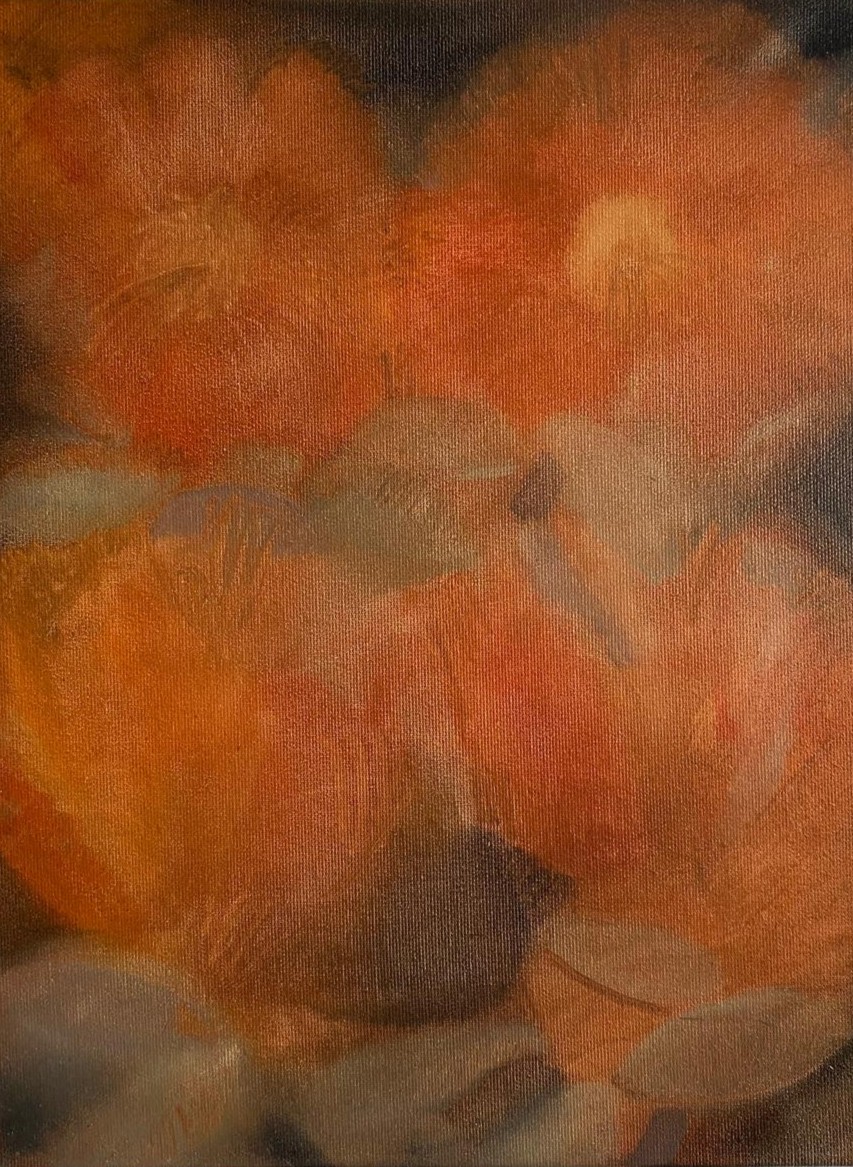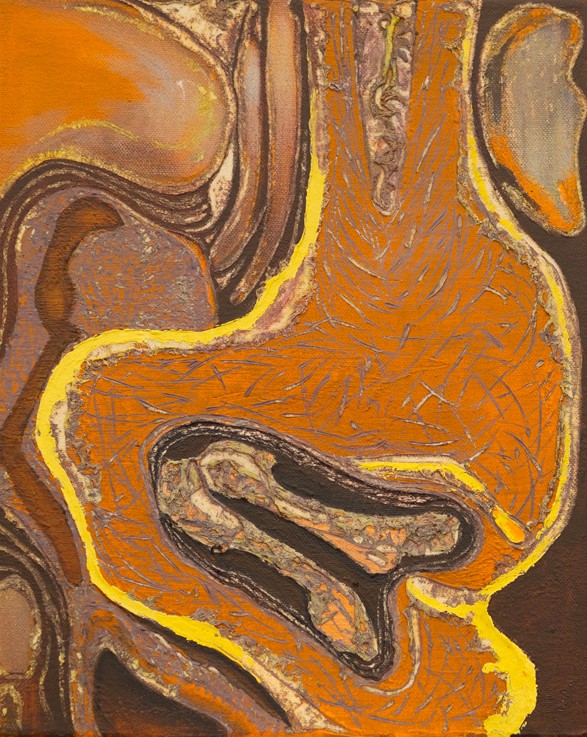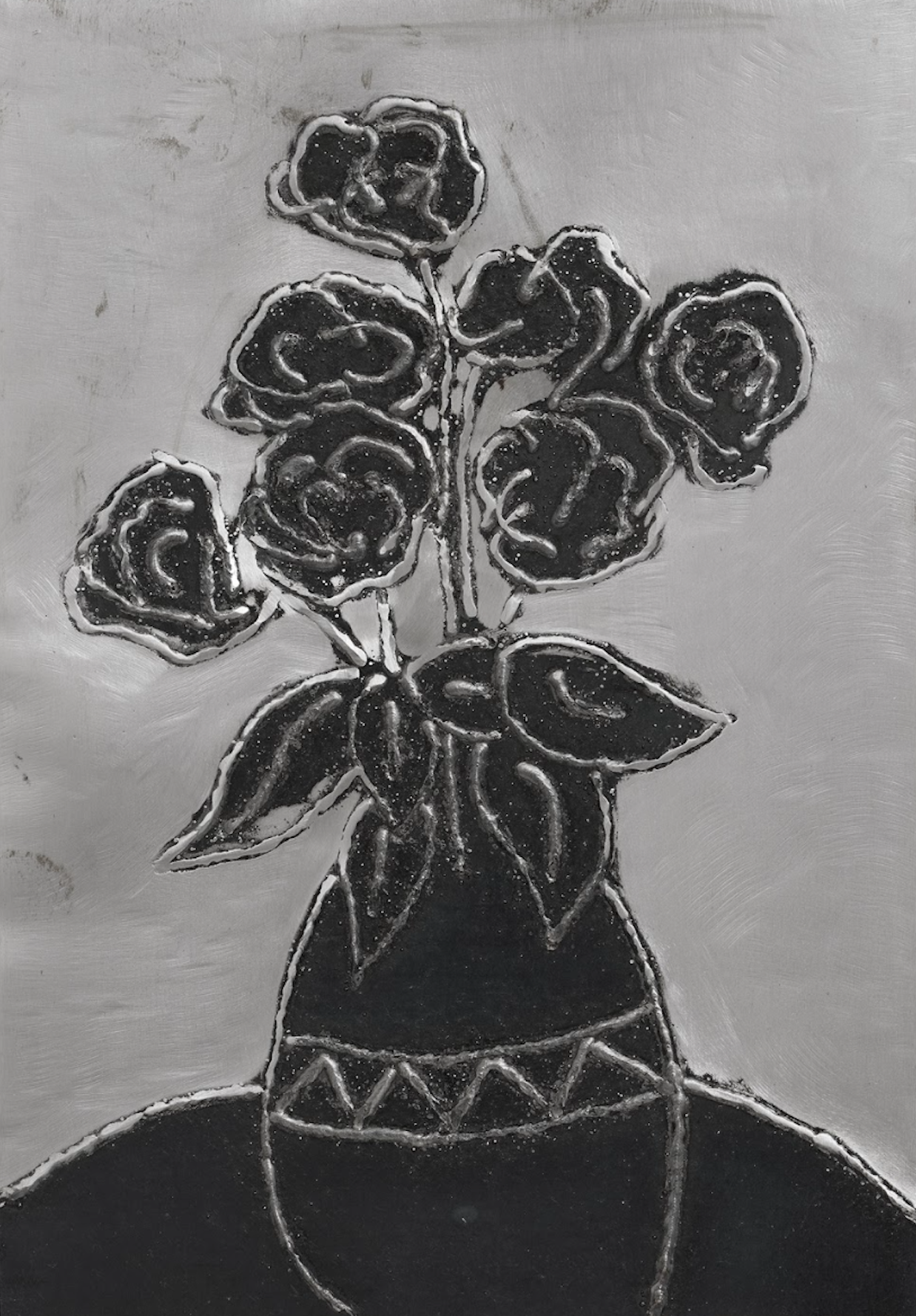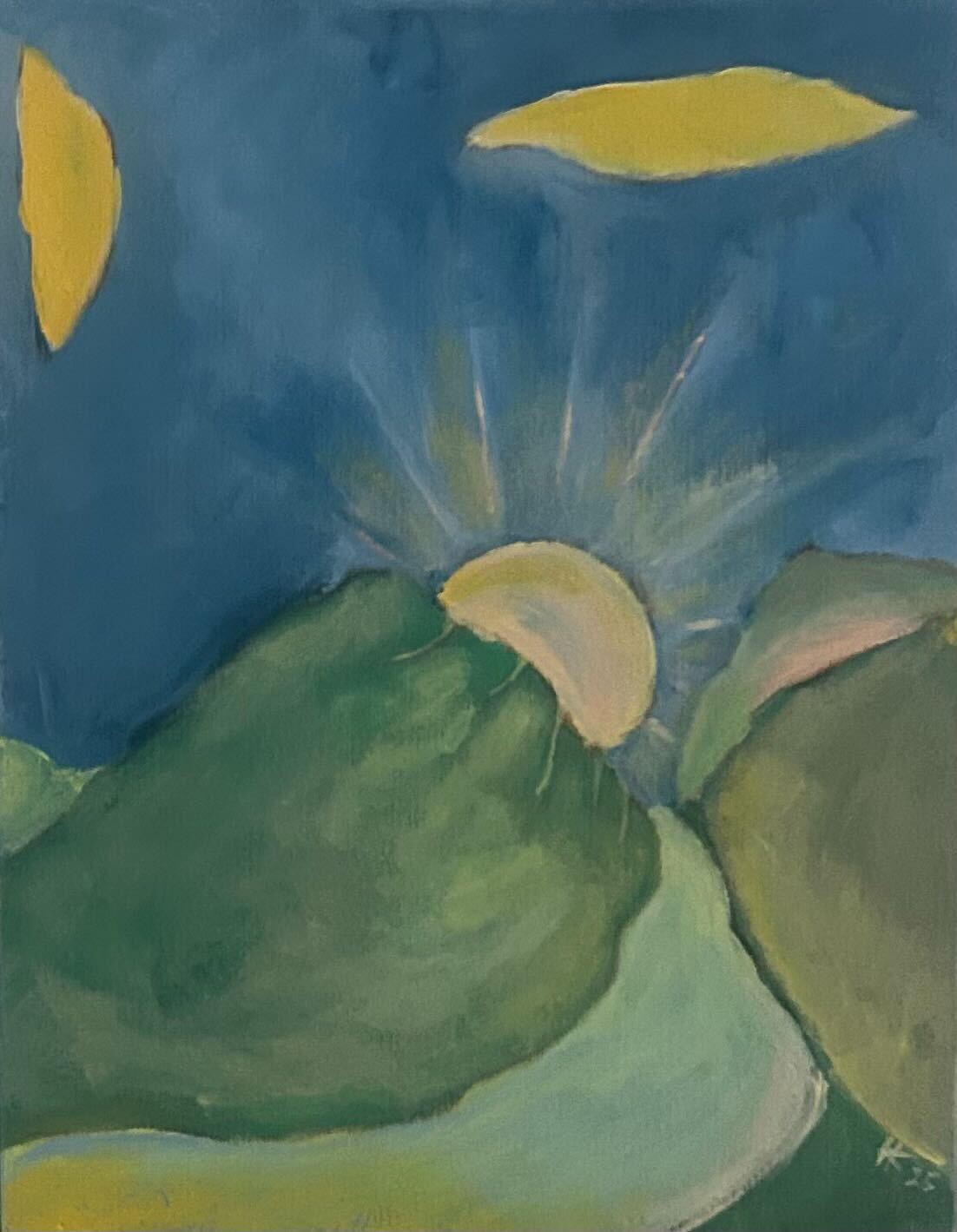"Unfinished Business" brings together a series of works whose coexistence is neither intentional nor premeditated. The title, whose sonic punch conceals the artist’s mixed feelings—namely, the sense of not having had enough time to finish the works—reveals a persistent tension.
Despite the clarity and ambition of the original plan—to build a bloomery furnace (complete with a chimney and bellows), an automaton capable of playing melodies, or even a woodturning lathe—the work gradually acquires autonomy; it begins to emerge on its own. “The object we make always exceeds its simple function; it becomes a sign or vessel for something else, for a reality that transcends it,”¹ explains Léon Binétruy. In this way, despite all the means devoted to a single end—that of crafting a technical object—the artist comes to experience the very definition of an artwork: it is its own purpose.
The head of a nail is, quite literally, called a “head,” and this object carries strong symbolism in certain funerary rites. Thus, when nailing together parts of another piece—a recumbent effigy housing a bellows mechanism—the artist begins making his own nails, each with a human head, and these take on a life of their own. From there, he decides they need a container. Subverting the formal language of a generic nail box, he sculpts one from a small block of marble, its carved sides evoking Roman tombs. The human body lends its anatomy to the everyday vocabulary of tools, just as it does to the folklore of hardware objects. In the end, it seems to serve as a metaphor for the artist’s intimate relationship with his creations—leading him, for instance, to produce a workbench with actual legs, challenging the conventional function of such a piece.
“The use of imperfect or incomplete tools calls on the imagination, developing the skills to repair and improvise.”² This improvisation, this mechanic’s trance, this relentless making, often compels him to take detours—building his own tools, for instance, or constantly adding something more to a work in progress, following a cascade of mental associations fed by sources from different times and places, all converging around the notion of ritual. The original plan regularly slips away. He lives the daily truth that “even the most abstract skills originate in physical practices,”³ and often admits he doesn’t know what prompted a particular gesture. Behind the seemingly innocuous or uncertain phrase “I don’t know” lies a system of thought that asserts itself over time: one that embraces the idea that what he produces exists in an in-between space—between instrument and sculpture, between motion and stillness, between the unfinished and the complete, between two worlds like a ghost whose perpetual wandering might either form a closed loop or hint at infinite openness.
Mathilde de Croix
1 – Interview with the artist
2 – Richard Sennett, The Craftsman, Paris: Albin Michel, 2010, p. 21
3 – Ibid.













